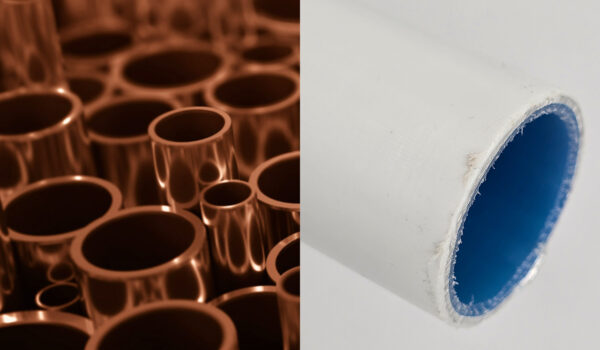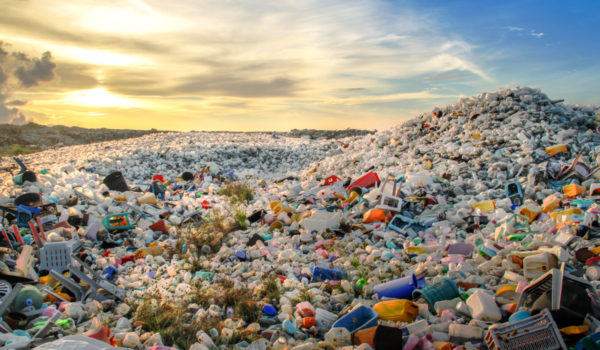Central heating is just one of the many uses of copper, and for centuries the material has been seen as the gold standard for central heating pipework.
Recent decades have seen this position challenged, with plastic pipes used increasingly in contemporary heating systems.
Most people looking to install a new heating system will be faced with a choice between copper and plastic piping. This begs the question: which material is better for central heating?
A brief history of central heating
Humans have always sought warmth – it’s one of our most basic needs. Fortunately for us today, heating systems have come a long way since the times of our ancestors huddling around the open fire.
Some of the first historical references to heating systems come from China and Korea. An underfloor heating system known as an ‘ondol’ that would heat stones sitting beneath the floorboards of homes can be traced as far back as 5000 BC.
A few millennia later, at around 500 BC, the ancient Greeks and Romans engineered one of the earliest iterations of central heating. The hypocaust, a luxury available only to the wealthy elite, was a furnace that would sit below ground and pass hot air through small gaps in the floor of the home.
It wasn’t until the nineteenth century and the rapid industrial development of steam power that the kind of heating systems we use today would emerge. The first domestic boiler, radiator and electric heater can all be credited to this century.
Further breakthroughs over the past couple of centuries have made heating systems more efficient and accessible, with central heating systems now fitted as standard for the vast majority of buildings in countries with a cold climate.
Historically, copper and steel have been favoured for heating pipework. However, plastic pipes have grown in popularity over recent decades and now are often chosen over the more traditional materials on many new builds in order to cut costs.
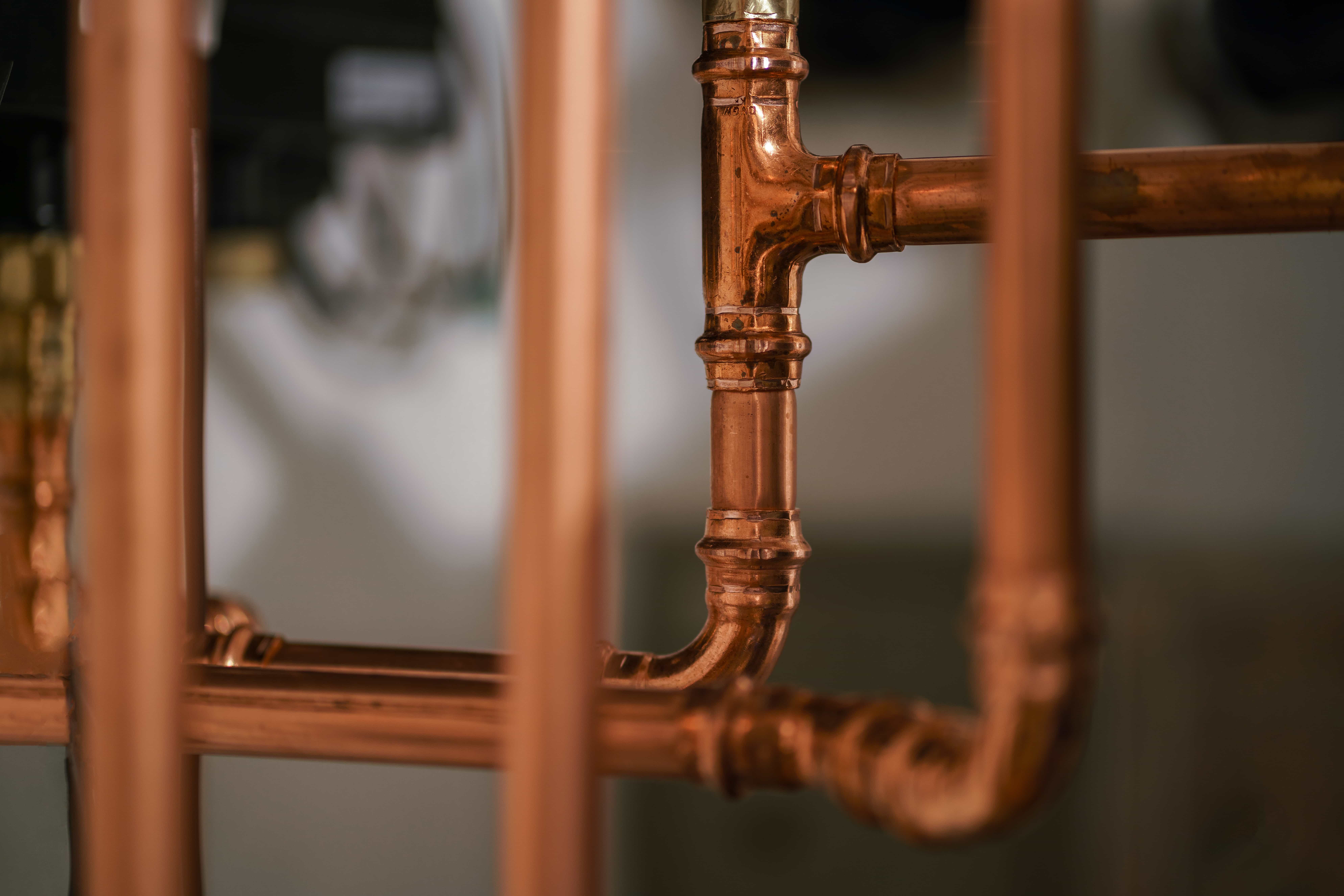
Learn more about the use of copper in plumbing and construction below.
The different properties of copper and plastic
The debate between copper and plastic continues to split opinion within the heating industry. Both are popular materials, however they have fundamentally different properties and therefore suit different purposes when it comes to heating.
Of the two, copper is the more durable material, owing to its mechanical strength and corrosion resistance. However, these qualities also make it the heavier option.
Copper and plastic are both flexible relative to other materials like steel. In the case of copper, the metal’s ductility means that it can be moulded, sealed and bent to fit tight spaces.
In terms of temperature tolerance, copper is better equipped to deal with heat, and its antimicrobial properties ensure a low level of toxicity.
Not only that, but it’s also a great conductor, with conductivity being one of the key factors when determining the quality of piping for central heating.
For most heating systems, including radiators and heat pumps, copper’s superior properties render the metal the clear material of choice.
With underfloor heating systems, there is often a perception that copper pipes are not suitable for use. In fact, flexible copper pipes are perfectly suitable for underfloor heating and can be shaped to manoeuvre around corners in the floor, while their durability means they are less likely than plastic pipes to require maintenance work.
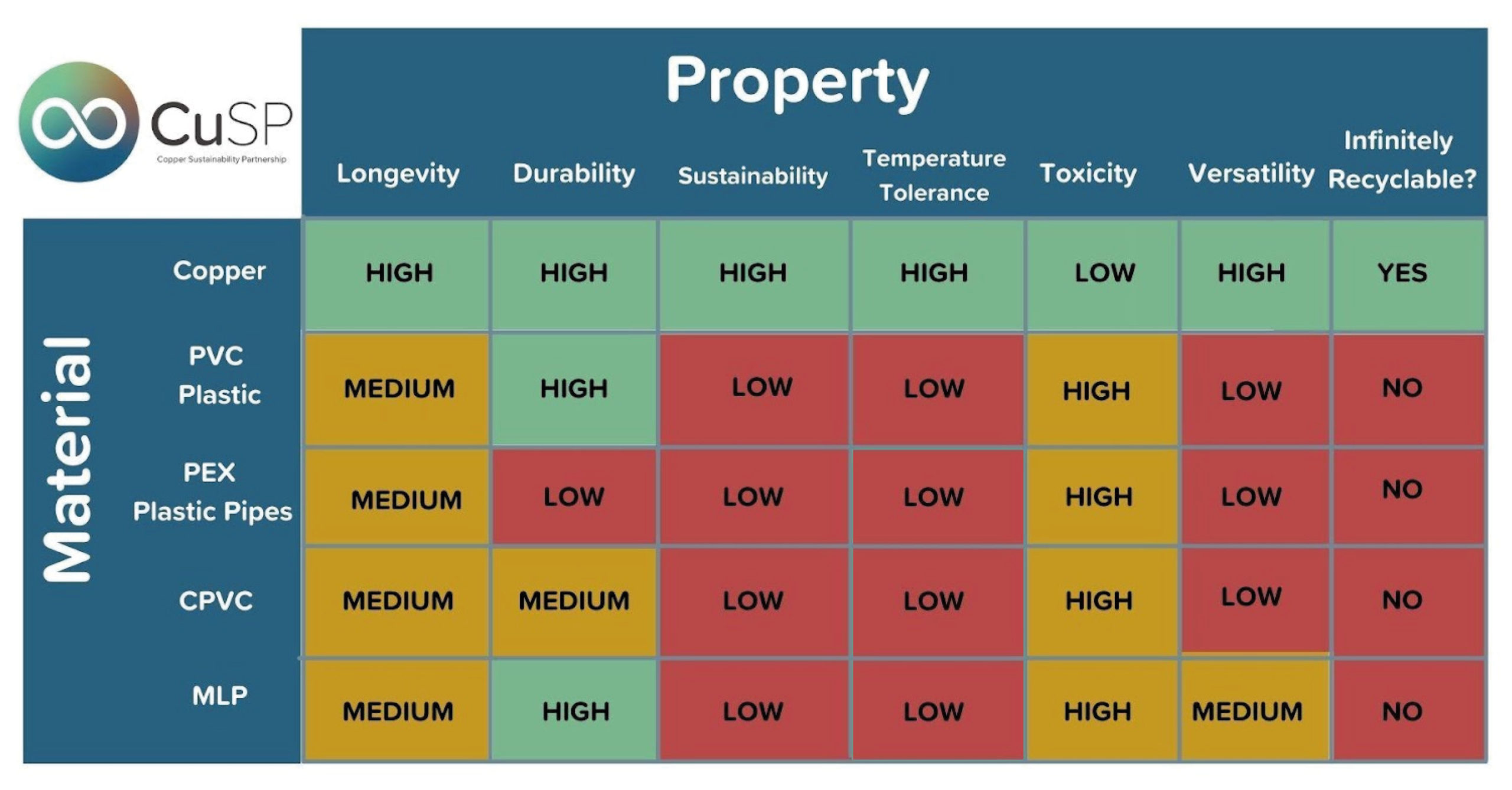
Learn more about the advantages of copper over plastic below.
The advantages of copper pipes over plastic pipes for central heating
From its excellent longevity to its strong sustainability credentials, copper has a number of advantages over plastic when it comes to central heating pipes.
Durability
Copper is the more robust material and is therefore less likely to cause potentially hazardous leaks. In many cases, copper radiator pipes will last the lifetime of the building itself – they have a typical life expectancy of 70–80 years.
In comparison, plastic pipes are more likely to become brittle over time, increasing the risk of a leak and the need for maintenance work in the future.
Conductivity
Central heating pipes should be made with materials that are highly effective thermal conductors, as this ensures heat is transferred efficiently through the pipe.
Most plastics have a thermal conductivity of between 0.19-0.25 W/mK. In contrast, copper’s conductivity sits at around 413 W/mK, making the material more effective in terms of energy efficiency.
Sustainability
One of the biggest issues with plastic pipes is that they cannot be recycled without losing structural integrity. Most plastic pipes are sent straight to landfill after first use, with studies showing that only 9% of global plastic waste is recycled.
On the other hand, copper pipes can be recycled infinitely without any loss of quality. This makes copper the material of choice for plumbers looking to reduce their impact on the environment.
Aesthetics
With exposed pipework, most people agree that copper pipes offer a sleeker and more sophisticated look. This is because plastic pipes are liable to flex and sag at high temperatures.
Conversely, copper radiator pipes can be relied upon to maintain their shape and, should you wish to paint them, the metal will provide a much cleaner finish compared to plastic.
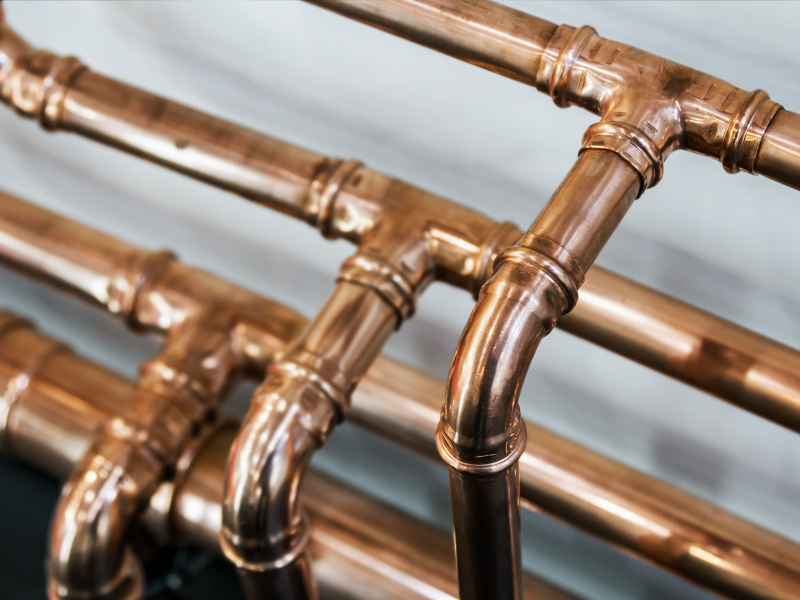
Learn more about the unique properties of copper below.
Copper: the material of choice for central heating pipes
Copper’s unique properties make the material especially suited for central heating pipework. Highly conductive, long-lasting, and infinitely recyclable, copper ticks every box and can be relied upon as the material of choice for central heating.
Plastics are no better suited to the job and come with a significantly bigger impact on the environment. Other than price, there is little reason to opt for plastic over copper when selecting central heating pipes.
Fed up with the plastics greenwash? Keen to learn more about what it takes to build a more sustainable future? Check out our other news items or subscribe to our newsletter below.
